Introduction To Australia: Facts And Figures
Australia is a fascinating country with a rich history and unique features that set it apart from the rest of the world. It is a massive landmass that is home to a diverse range of flora and fauna, as well as being home to a diverse population. The country is situated in the southern hemisphere and is the sixth-largest country in the world. Let’s take a look at some interesting facts and figures that will give you a better understanding of this incredible country.
Geography
- Australia covers an area of 7.69 million square kilometers.
- The country is surrounded by the Indian Ocean to the west and the Pacific Ocean to the east.
- Australia has a coastline that stretches more than 35,000 kilometers.
- The highest point in Australia is Mount Kosciuszko, which stands at 2,228 meters high.
Population
| City | Population |
|---|---|
| Sydney | 5.23 million |
| Melbourne | 4.96 million |
| Brisbane | 2.46 million |
| Perth | 2.06 million |
- The population of Australia is approximately 25 million.
- The majority of the population lives in the major cities, with over 60% living in the five largest cities.
- Australia’s indigenous population is around 3% of the total population.
Economy
- Australia has one of the largest economies in the world and is a member of the G20.
- The country’s economy is heavily reliant on the mining and agriculture industries.
- Australia is the largest exporter of coal in the world and is also a major exporter of iron ore, gold, and other resources.
- The country’s currency is the Australian dollar.
These facts and figures only scratch the surface of what makes Australia such a unique and incredible country. With its diverse geography, unique wildlife, and fascinating history, there is always something to discover and explore in this land down under.
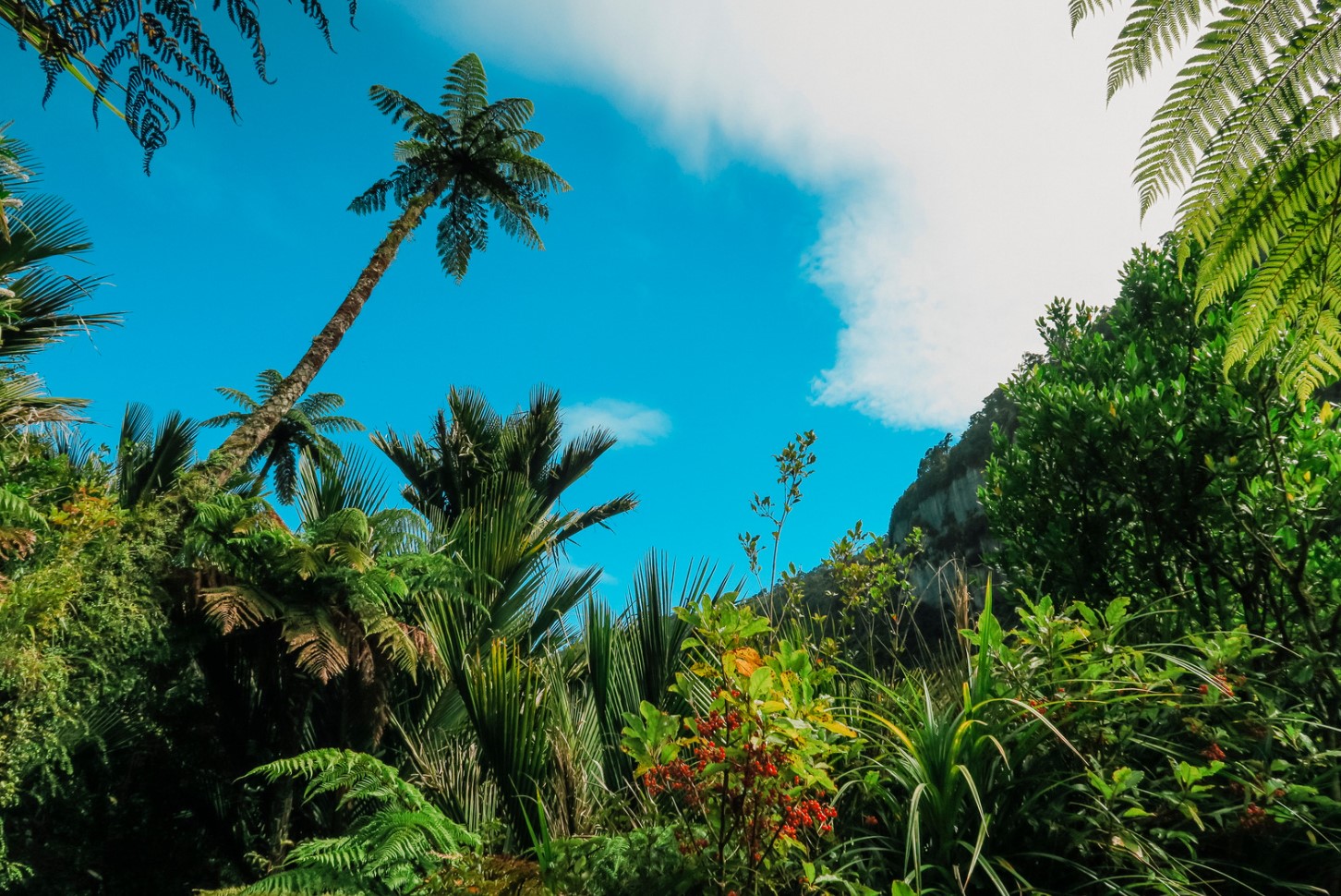
Australia’s Climate: From Tropical To Temperate
Australia is known for its incredibly diverse climate, with everything from tropical rainforests to arid deserts. Understanding Australia’s climate is essential if you want to plan a successful trip Down Under. So, let’s take a closer look at what you can expect when you visit Australia.
First and foremost, it is important to note that Australia is located in the southern hemisphere, which means that its seasons are reversed from those in the northern hemisphere. Summer in Australia runs from December to February, while winter lasts from June to August.
Australia’s climate can be divided into two major zones: tropical and temperate. The tropical zone includes northern Queensland, the Northern Territory, and northern Western Australia. This region is characterized by hot, humid weather in the summer, with temperatures often reaching 35°C (95°F) or higher. The wet season, which usually lasts from November to April, can also bring heavy monsoonal rains and tropical cyclones.
- In contrast, the temperate zone covers southern and eastern Australia, including most major cities such as Sydney, Melbourne, and Adelaide.
- The weather in this zone is more variable, with warm summers and cool winters.
- Temperatures rarely exceed 30°C (86°F) in summer and can drop below freezing in winter.
Australia’s climate is also heavily influenced by ocean currents, with the warm waters of the Coral Sea and Tasman Sea bringing tropical temperatures to the eastern coast.
| City | Summer Highs | Winter Highs | Rainfall |
|---|---|---|---|
| Sydney | 25°C (77°F) | 16°C (61°F) | 121 mm (4.8 in) |
| Melbourne | 22°C (72°F) | 14°C (57°F) | 46 mm (1.8 in) |
| Brisbane | 29°C (84°F) | 21°C (70°F) | 100 mm (3.9 in) |
Generally speaking, the best time to visit Australia is during the spring (September to November) and autumn (March to May) months, when the weather is mild and crowds are thinner than in peak summer season. However, the timing of your trip will ultimately depend on where you plan to visit and what activities you want to do.
Whether you’re looking for tropical paradise or a cool and comfortable escape, Australia’s climate has it all. With a little planning and preparation, you can enjoy all that this beautiful country has to offer, no matter what time of year you decide to visit.
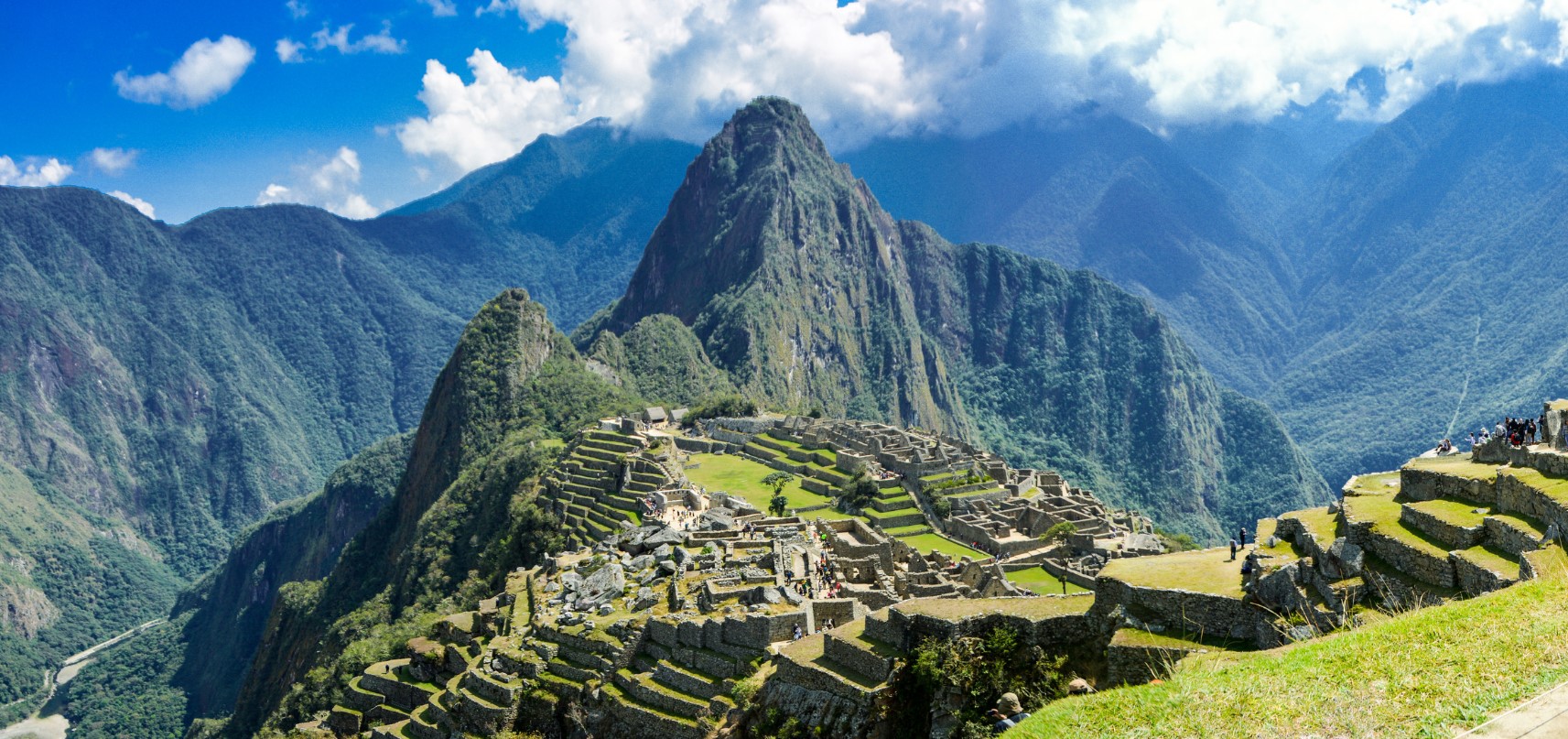
Exploring The Great Barrier Reef: A Natural Wonder Of The World
The Great Barrier Reef is one of the natural wonders of the world, and a bucket-list destination for many travelers. Located off the coast of Queensland in northeastern Australia, the Great Barrier Reef is the largest coral reef system in the world. Spanning over 2,300 kilometers, it is home to an amazing variety of marine life, including more than 1,500 species of fish, 600 species of coral, and dozens of marine mammals.
Exploring the Great Barrier Reef can be done in many ways – from snorkeling and scuba diving to helicopter tours and glass-bottomed boat rides. Diving is by far the most popular activity, as it allows you to get up close and personal with the vibrant coral, fish, and other marine life. Many dive operators offer multi-day live-aboard trips that allow you to dive multiple times per day and explore the reef further afield.
If diving isn’t your thing, don’t worry – there are plenty of other ways to experience the Great Barrier Reef. Snorkeling is a great option for those who want to see the reef but don’t want to go deep below the surface. Many snorkeling tours also offer guided tours with marine biologists, who can tell you about the different species you’ll see on the reef. Glass-bottomed boat tours are another popular option, as they allow you to see the reef without getting wet.
- When to visit: The Great Barrier Reef can be visited year-round, but the best time to visit is typically between June and October, when the weather is mild and the water is calm.
- Where to stay: There are many accommodation options available for those visiting the Great Barrier Reef, from luxury resorts to backpacker hostels. Some of the most popular places to stay include Cairns, Port Douglas, and the Whitsunday Islands.
- What to bring: If you’re planning to go diving, it’s a good idea to bring your own mask and snorkel. Sunscreen and a hat are also essential. If you’re prone to seasickness, bring some medication to help prevent it.
Whether you’re a seasoned diver or just a casual traveler, the Great Barrier Reef is a must-see destination. With its stunning coral, vibrant fish, and unique marine life, it truly is one of the wonders of the world.
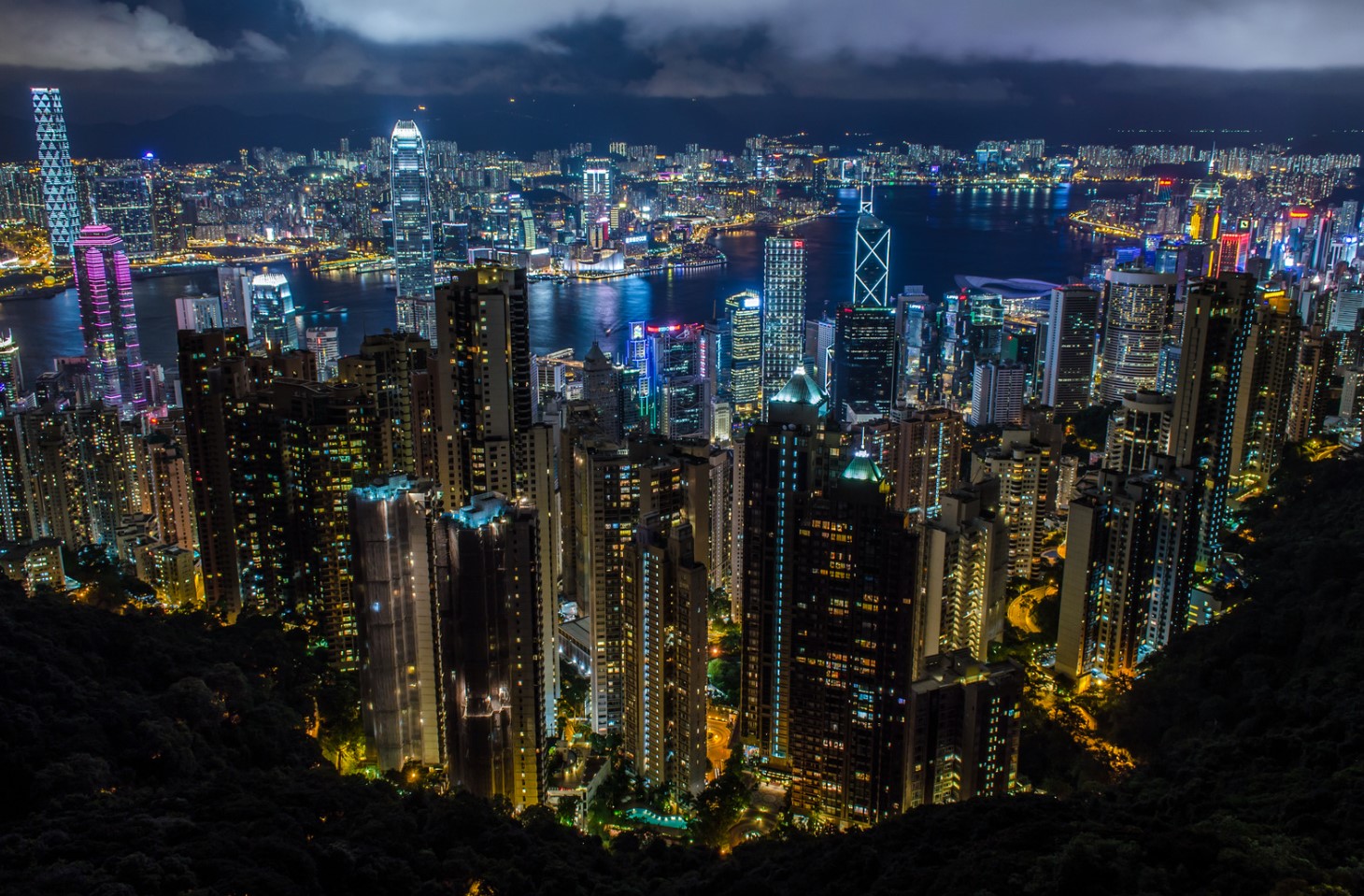
Discovering Sydney: A Vibrant Metropolis
Sydney is the biggest and most populous city in Australia. It is a vibrant metropolis that fascinates tourists all over the world with its iconic landmarks, picturesque architecture, and bustling atmosphere. Whether you’re a first-time visitor or a seasoned traveler, Sydney never fails to amaze you with its charm and beauty.
The city is full of breathtaking sights such as the Sydney Opera House, Harbour Bridge, and more. You can take a scenic ferry ride across the harbor and enjoy the stunning views from various vantage points. If you enjoy exploring the city on foot, you can take a walk in the Royal Botanic Gardens, Hyde Park, or through the colorful neighborhoods of Paddington and Balmain.
- If you’re a foodie, Sydney offers a wide range of culinary experiences with its diverse restaurants and cafes that cater to every taste bud. You can enjoy the freshest seafood at Fish Market, savor the best coffee in Surry Hills, or indulge in a fancy dinner at one of the many hatted restaurants.
- If you’re a beach lover, you can soak up the sun on the famous Bondi beach or take a dip at the beautiful Coogee beach. Surfing is a popular pastime in Sydney, and you can find plenty of surf schools that offer lessons for beginners.
| Landmark | Location |
|---|---|
| Sydney Opera House | Bennelong Point, Circular Quay |
| Harbour Bridge | Dawes Point, The Rocks |
| Royal Botanic Garden | Mrs. Macquarie’s Rd, Sydney |
If you’re interested in history and culture, you can visit the fascinating museums and galleries that showcase Australia’s rich heritage and contemporary arts scene. The Australian Museum, the Museum of Contemporary Art, and the Art Gallery of New South Wales are just a few of the many cultural institutions that are worth a visit.
Sydney is also known for its lively nightlife, with countless bars, clubs, and live music venues that cater to every taste. From the classy cocktail bars of the CBD to the trendy bars of Newtown and Surry Hills, you can find a spot that suits your mood.
Whether you’re looking for outdoor adventures, cultural experiences, or just a relaxing vacation, Sydney has something for everyone. Its vibrant atmosphere, beautiful sights, and friendly locals make it an ideal destination for solo travelers, couples, and families alike.
Melbourne – Australia’s Cultural Capital
Melbourne is widely regarded as Australia’s cultural capital. It is a city renowned for its art, culture, food, and sport. The city is home to a vibrant and diverse population that has helped shape Melbourne into the truly unique cultural destination that it is today.
Melbourne is one of the most culturally diverse cities in Australia. The city is home to a large number of immigrants from all over the world, bringing with them their own unique customs and traditions. This rich cultural mix has led to a diverse range of restaurants, cuisines, festivals and events throughout the city. Visitors to Melbourne can experience everything from Vietnamese street food to traditional Greek dancing.
- When visiting Melbourne, a must-see destination is the National Gallery of Victoria. The gallery is the oldest and largest public art museum in Australia, with over 70,000 works of art in its collection.
- Melbourne is also home to the famous Melbourne Cricket Ground, known locally as the MCG. It is one of the world’s largest cricket stadiums, and also plays host to international music acts and other sporting events throughout the year.
- The city is also famous for its street art scene. The alleys and laneways throughout the city are adorned with an array of colorful and creative street art, making for a truly unique and visually stunning experience.
One of the most popular events in Melbourne is the Melbourne International Comedy Festival. This festival takes place every year in March and April, and showcases some of the world’s best comedians in a variety of venues throughout the city.
Melbourne has a rich history of culture and is home to many world-renowned museums and galleries, including the Australian Centre for the Moving Image, the Melbourne Museum, and the Victorian Arts Centre. In addition to these museums, there are numerous smaller galleries and exhibitions throughout the city that showcase local artists.
In conclusion, Melbourne is truly Australia’s cultural capital. The city’s diverse population, rich history of culture, and world-renowned venues and events make it a must-visit destination for anyone looking to experience the best that Australia has to offer.
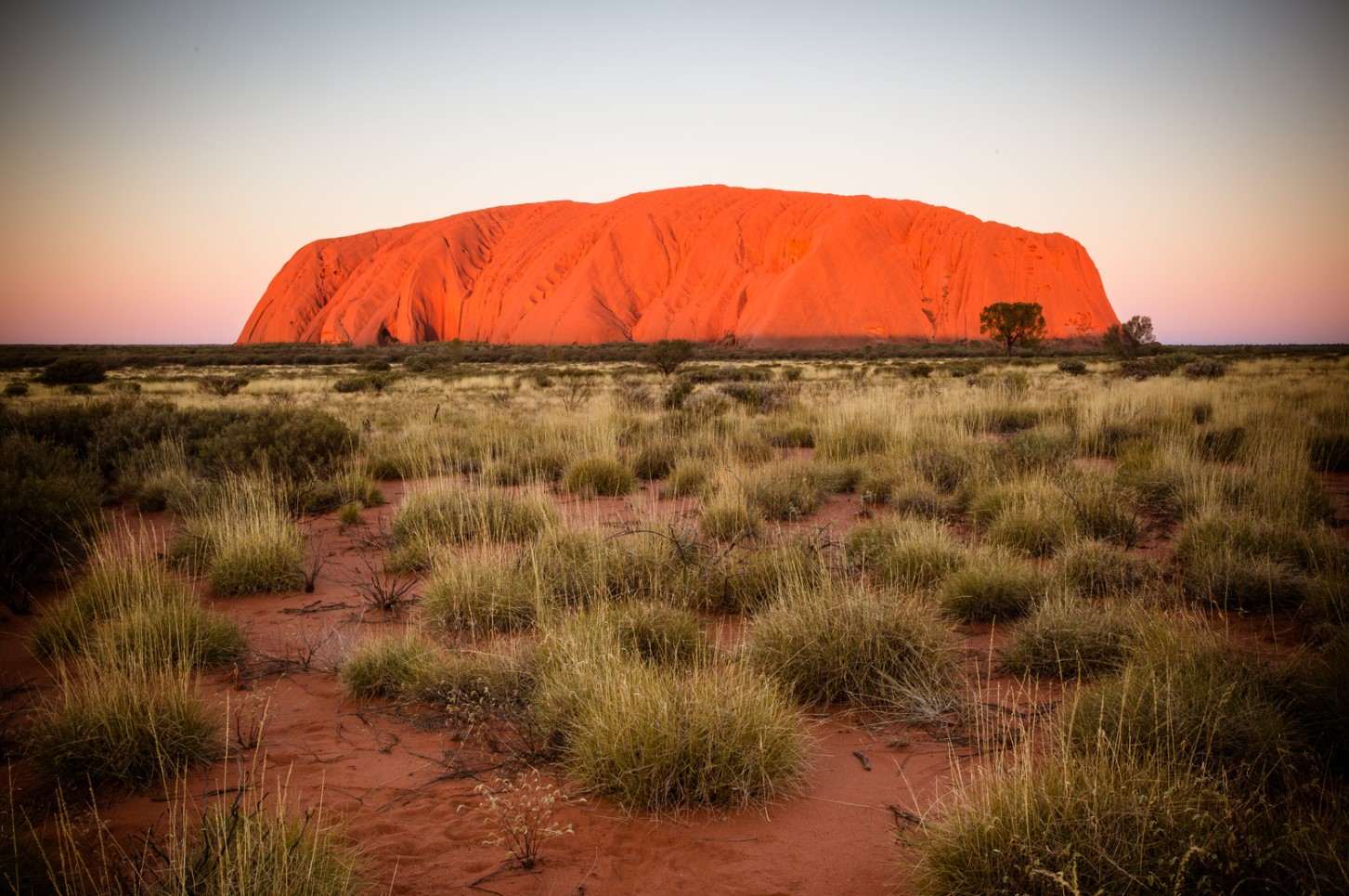
The Red Center: Uluru And The Outback
Australia is home to many mesmerizing landscapes and iconic destinations, but none perhaps as striking as the Red Center. This region spans across the heart of the country, encompassing vast deserts, rugged ranges, and unique rock formations. At the center of this arid expanse towers the mighty Uluru, a massive sandstone monolith that is sacred to the Anangu people, the traditional owners of the land. A visit to the Red Center is a journey into the heart of Australia, where you can discover its ancient culture, marvel at its natural wonders, and be awed by its sheer remoteness.
The Red Center is located in the Northern Territory, a region that is sparsely populated but full of surprises. One of the most popular ways to explore this vast area is to take a road trip along the legendary Stuart Highway, which stretches from Darwin in the north to Adelaide in the south. Along the way, you can stop at small towns and roadside attractions, see incredible rock formations and gorges, and spot wildlife such as kangaroos, wallabies, and dingoes. A visit to the Red Center also offers opportunities for adventure, from hiking and camping to hot air ballooning and skydiving.
- Uluru
- Kata Tjuta
- Kings Canyon
The main highlight of the Red Center, of course, is Uluru, also known as Ayers Rock. This imposing rock formation rises 348 meters above the desert and has a circumference of 9.4 kilometers. Uluru is considered sacred by the Anangu people and is a symbol of their cultural heritage. Visitors can learn about its history and significance by joining guided tours or participating in cultural experiences such as dot painting and bush tucker tastings. Another notable attraction in the Red Center is Kata Tjuta, also known as the Olgas. This cluster of 36 domed rock formations is located about 50 kilometers west of Uluru and is a magnificent sight to behold. Kings Canyon, located about 300 kilometers north of Uluru, is another natural wonder that offers breathtaking views and challenging hikes.
| How to Get There | When to Go | Where to Stay |
|---|---|---|
| The Red Center is best accessed by flying to Alice Springs, which is the closest major town. From there, you can rent a car or join a tour to explore the region. | The best time to visit the Red Center is from May to September, when the weather is cooler and drier. Keep in mind that temperatures can still be hot during the day and cold at night, so pack accordingly. | Accommodation options in the Red Center range from camping and caravanning sites to luxury resorts. Some of the most popular places to stay include Yulara, the town closest to Uluru, and Kings Canyon Resort. |
A visit to the Red Center is a once-in-a-lifetime experience that will leave you with lasting memories. Whether you want to connect with ancient cultures, explore rugged landscapes, or simply disconnect from the modern world, this region has something for everyone. So pack your bags, hit the road, and get ready to discover the heart and soul of Australia.
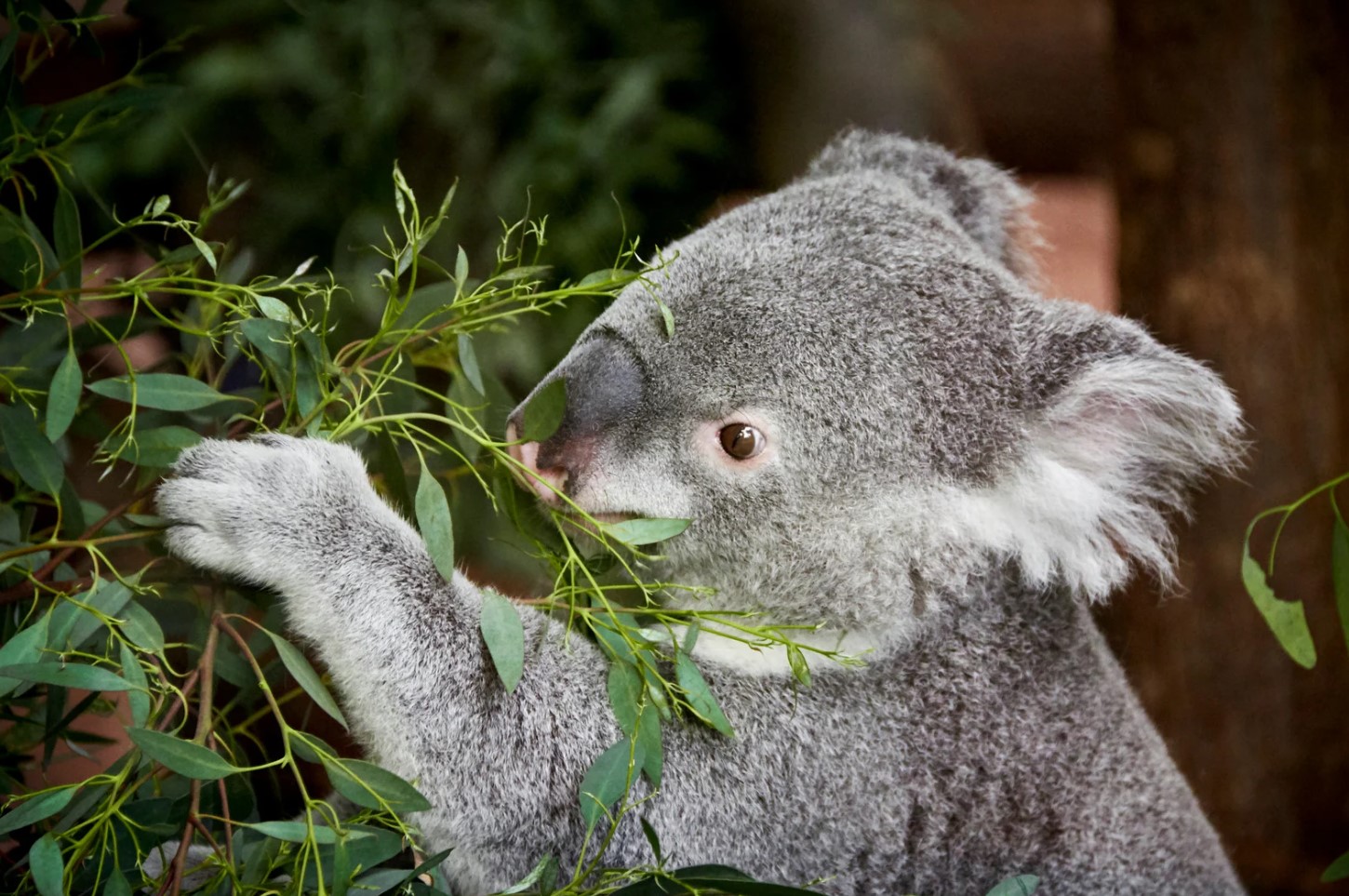
Wildlife Watching: From Kangaroos To Koalas
When it comes to wildlife watching, Australia is a haven for animal lovers. From kangaroos to koalas, the country’s unique fauna provides unforgettable experiences for those who seek them. Whether you’re a first-time visitor or a seasoned traveler, encountering Australia’s wildlife is sure to be a memorable highlight of your trip.
One of the most iconic animals in Australia is undoubtedly the kangaroo. These marsupials can be found in a variety of habitats, from grasslands to forests, and are well adapted to the country’s often harsh climate. Kangaroos are known for their distinctive hopping gait and muscular hind legs, which allow them to cover large distances quickly. They are most often seen at dawn or dusk, when they come out to feed on grasses and other plants.
- When observing kangaroos in the wild, it’s important to keep a safe distance and avoid disturbing them. They are wild animals and should be treated with respect and caution.
- If you’re looking for a more structured kangaroo encounter, many wildlife parks and zoos offer the opportunity to get up close and personal with these amazing creatures.
Another beloved Australian animal is the koala. These cute and cuddly marsupials are often associated with eucalyptus trees, which they rely on for both food and shelter. Koalas are generally solitary animals and can be difficult to spot in the wild, as they spend most of their time sleeping high up in the trees. However, with a little patience and luck, you may be able to catch a glimpse of these adorable creatures.
| Quick Facts: | Did You Know? |
|---|---|
| Kangaroos can jump up to three times their own body length in one bound. | The word “koala” comes from an Indigenous Australian word meaning “no water” or “no drink,” as koalas can obtain most of their moisture from eucalyptus leaves. |
| Kangaroos are herbivores and primarily eat grasses and other plants. | Koalas have a special digestive system that allows them to break down the toxic compounds in eucalyptus leaves, which are poisonous to most other animals. |
If you’re keen to see more of Australia’s unique wildlife, there are plenty of other animals to look out for. Wombats are another marsupial species found throughout much of the country, known for their stocky build and burrowing habits. Australia is also home to a wide variety of bird species, from colorful parrots to iconic emus and ostriches.
No matter what kind of wildlife you’re interested in, Australia is sure to deliver unforgettable encounters and experiences. Just remember to always respect the animals and their natural habitats, and resist the urge to get too close for a photo op. With a little patience and a lot of luck, you’re sure to make memories that will last a lifetime!
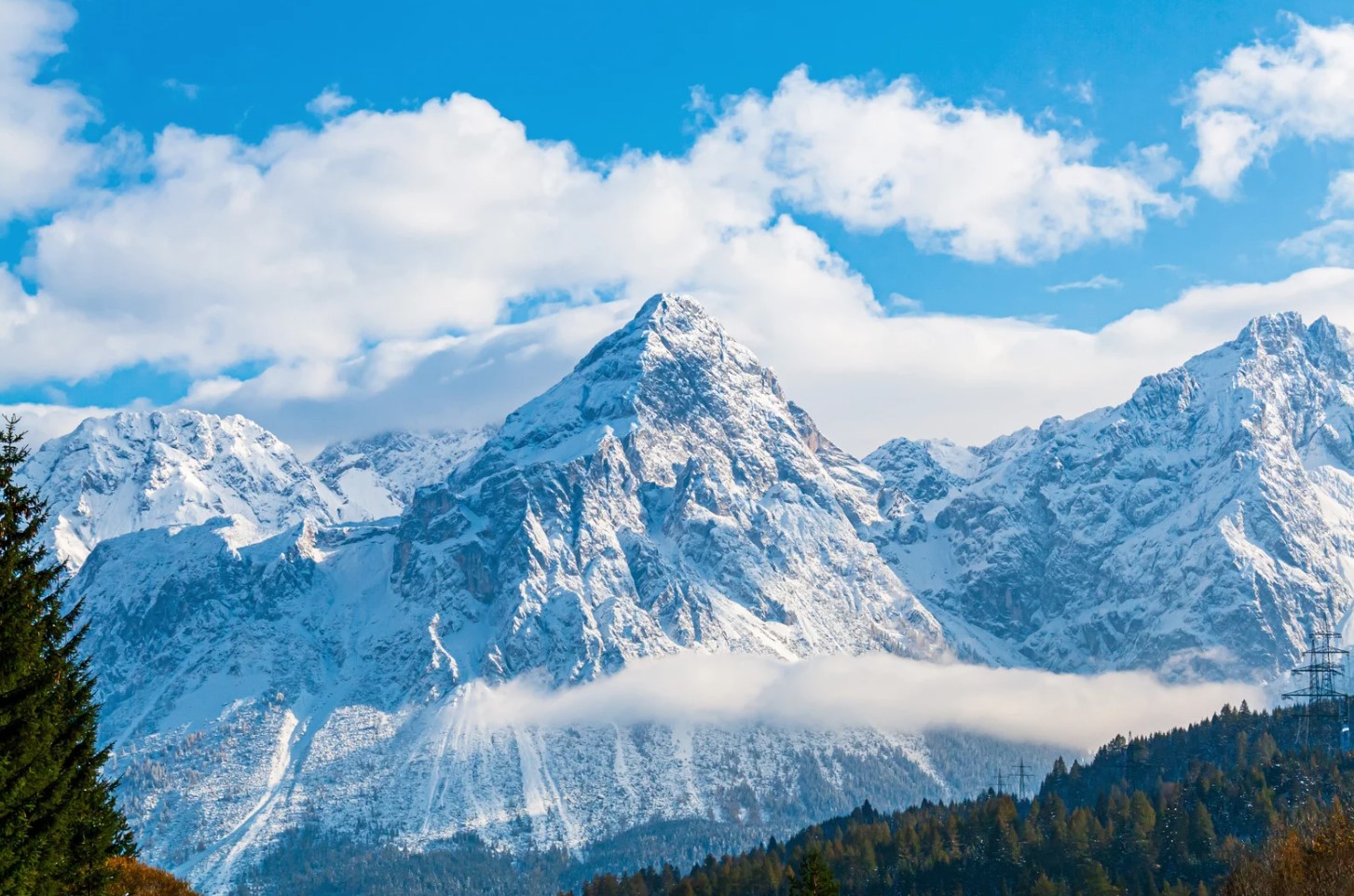
A Journey Through The Australian Alps
Australia is known for its diverse landscapes, and the Australian Alps is a prime example of this. Spanning across three states – Victoria, New South Wales, and the Australian Capital Territory – the Australian Alps covers an area of over 1.6 million hectares. The region is a popular destination for tourists, particularly for those who love to ski, hike or simply gaze at the stunning scenery.
The mountain range is home to many walking trails that range in difficulty, allowing visitors of all levels to explore the snowy peaks. The trails offer spectacular views of the surrounding area, which boasts glacial valleys, ancient forests and an abundance of wildlife. The keen observer may be able to spot a range of animals such as wallabies, wombats and even the elusive lyrebird.
- One of the main attractions of the Australian Alps is the ski resorts. Victoria’s Mount Buller, Mount Hotham and Falls Creek, as well as New South Wales’ Thredbo, are popular resorts for skiing and snowboarding enthusiasts.
- The Australian Alps also boasts a rich history; many sites showcase the cultural significance of the region to Indigenous Australians, such as the Cope Hut and Ngarigo people’s Bogong site.
The Australian Alps are also home to one of Australia’s most iconic landmarks, Mount Kosciuszko. The mountain is the highest in Australia, reaching a height of 2,228 meters. The summit is accessible via the Main Range walking track, which stretches over 22 kilometers and takes visitors through alpine herb fields and snow gum woodlands.
| Location | Distance from Canberra | Distance from Melbourne | Distance from Sydney |
|---|---|---|---|
| Mount Buller | 380 km | 248 km | 234 km |
| Mount Hotham | 556 km | 381 km | 387 km |
| Thredbo | 205 km | 500 km | 479 km |
| Mount Kosciuszko | 150 km | 430 km | 495 km |
If you plan on visiting the Australian Alps, it is important to come prepared. The weather can be unpredictable and can change quickly, so make sure to bring warm clothing and appropriate gear. The region is home to many unique species, so treat the environment with respect and leave no trace behind when exploring. A journey through the Australian Alps is sure to be an unforgettable experience, so make sure you add it to your bucket list!
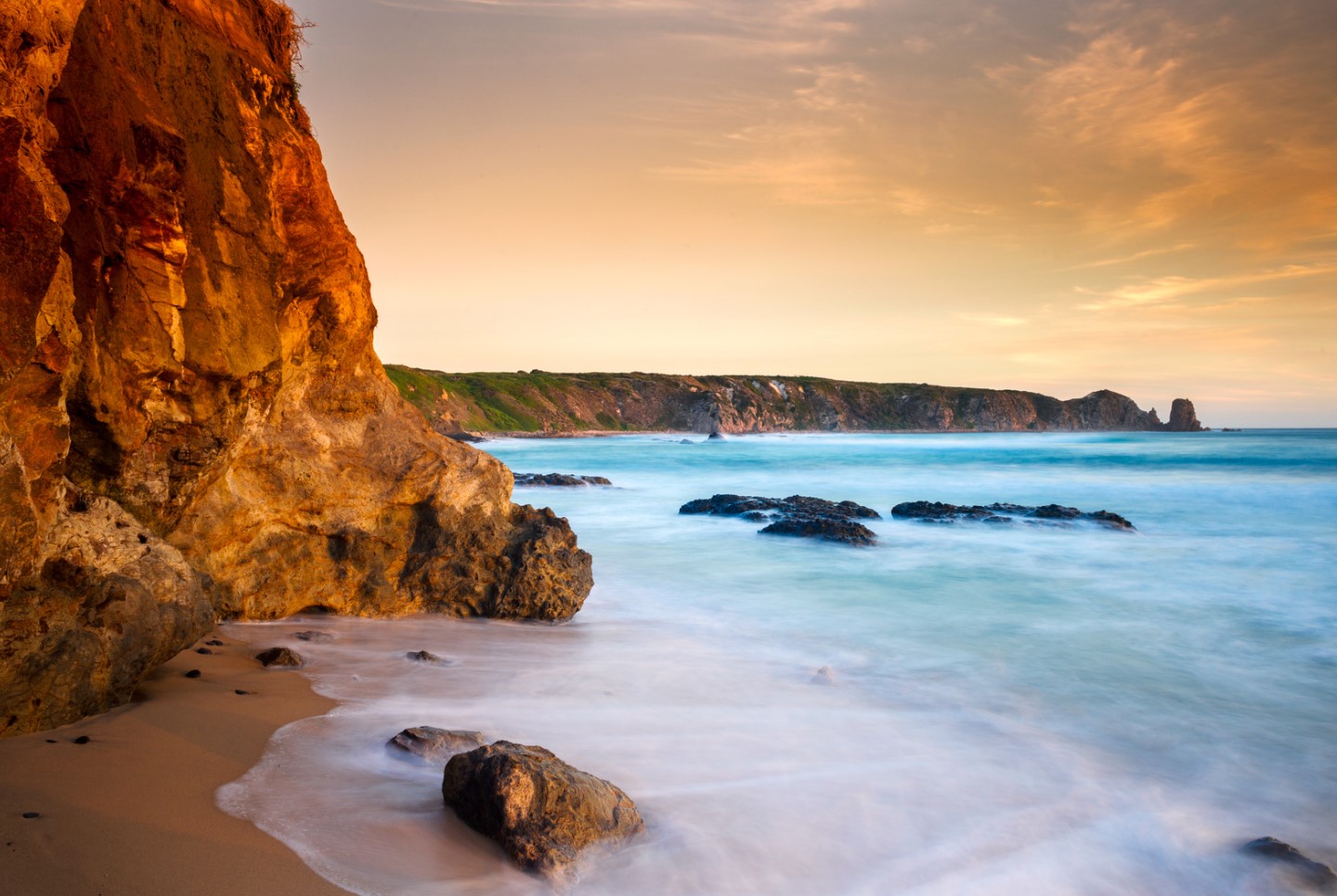
Tasmania: Australia’s Island State
Tasmania is one of Australia’s six states and is a lush island located in the south-eastern part of the country. It is separated from mainland Australia by the Bass Strait and has several unique features that make it a must-see destination. Tasmania is known for its rugged landscapes, national parks, stunning beaches, and rich history. It has a population of just over half a million people, which makes it Australia’s smallest state. Here are some of the best things you can do when you visit Tasmania.
- Explore the National Parks: Tasmania is home to several national parks, including Freycinet National Park, Mount Field National Park, and Cradle Mountain-Lake St. Clair National Park. These parks offer a diverse range of experiences, from hiking and camping to bird-watching and wildlife-spotting. Cradle Mountain-Lake St. Clair National Park is particularly stunning, and it is home to Tasmania’s highest peak, Mount Ossa.
- Discover the History: Tasmania has a rich history, and there are several museums and historic sites that you can visit. Port Arthur Historic Site is one of the must-visit places in Tasmania, as it was once a convict settlement. You can take a guided tour of the site and learn about the harsh conditions that the convicts endured.
- Visit the Beaches: Tasmania has some of Australia’s most beautiful beaches. Wineglass Bay, located in Freycinet National Park, is often considered one of the country’s best beaches. There are also several other beaches, including Binalong Bay, which is known for its white sand and crystal-clear waters.
Tasmania is also known for its food and wine. It has a thriving food and wine industry, and there are several wineries and restaurants that you can visit. Tasmania is home to some of the world’s best cool-climate wines, including pinot noir and chardonnay. You can take a wine tour and sample some of these wines while enjoying the stunning views of the vineyards.
In conclusion, Tasmania is a must-visit destination for anyone interested in Australia’s natural beauty and rich history. With its national parks, stunning beaches, and thriving food and wine industry, Tasmania has something to offer everyone. Whether you’re an outdoor enthusiast, a history buff, or a foodie, Tasmania is a destination that you won’t regret visiting.
Coastal Adventures: The Great Ocean Road And Beyond
If you’re looking for an unforgettable Australian adventure, look no further than the Great Ocean Road. Stretching for over 240 kilometers along the southern coast of Victoria, this scenic route is a popular destination for travelers from around the world. Starting in the city of Torquay, the Great Ocean Road takes you past stunning beaches, rocky cliffs, and charming seaside towns. But the highlights of the journey are the incredible natural wonders that you’ll encounter along the way.
- The Twelve Apostles: Arguably the most famous stop on the Great Ocean Road, the Twelve Apostles are a must-see for anyone visiting the area. These towering limestone stacks rise out of the ocean, creating a dramatic and awe-inspiring sight. You can view them from several different lookout points, or even take a helicopter ride for a bird’s eye view.
- The Grotto: Another unique rock formation, the Grotto is a natural wonder that looks like something out of a fairy tale. This stunning cave-like structure has been formed by waves crashing against the cliff face over thousands of years, and it’s a perfect spot for a picnic or a dip in the ocean.
- London Arch: Originally known as London Bridge, this natural archway was once connected to the mainland. But in 1990, the archway collapsed, leaving two tourists stranded on the offshore section. While they were eventually rescued by helicopter, the incident made London Arch a popular tourist attraction and an unforgettable sight along the Great Ocean Road.
But the Great Ocean Road has more to offer than just these famous landmarks. As you drive along the coast, you’ll encounter hidden coves, rugged cliffs, and secluded beaches. You can stop in towns like Lorne or Apollo Bay to explore local shops and restaurants, or take a hike through the Otway Ranges to see waterfalls, rainforests, and unique wildlife like koalas and kangaroos.
| Distances Between Towns | From Torquay |
|---|---|
| Torquay to Lorne | 47 km |
| Lorne to Apollo Bay | 45 km |
| Apollo Bay to Port Campbell | 92 km |
| Port Campbell to Warrnambool | 50 km |
Whether you’re driving the Great Ocean Road for just a day or spending several days exploring the area, it’s an experience you’re sure to remember for a lifetime. From the stunning scenery to the unique attractions, this journey through one of Australia’s most beautiful regions is not to be missed.
Australia’s Wine Regions: Tasting Your Way Through The Country
Australia is famous for its picturesque landscapes and natural wonders, but the country is also making a name for itself in the world of wine. The wine regions of Australia produce some of the most coveted wines in the world, from crisp whites to full-bodied reds. Let’s take a journey through the different wine regions and explore the unique flavors that each one has to offer.
The Barossa Valley: Located in South Australia, the Barossa Valley is a world-renowned wine region that is famous for its Shiraz wines. The region is home to some of the oldest vines in the world, with some grapevines dating back to the 1800s. The Barossa Valley is not only known for its Shiraz, but also for its Grenache, Cabernet Sauvignon, and Chardonnay wines.
- Must-try wine: Penfolds’ Grange Shiraz
- Recommended wineries: Wolf Blass, Jacobs Creek, Seppeltsfield
The Hunter Valley: Located just a few hours north of Sydney, the Hunter Valley is Australia’s oldest wine region. The region is particularly known for its Semillon wines, which are crisp and refreshing. Aside from Semillon, the Hunter Valley also produces Shiraz, Chardonnay, and Verdelho wines.
- Must-try wine: Tyrrell’s Belford Semillon
- Recommended wineries: Brokenwood Wines, Audrey Wilkinson Vineyard, Thomas Wines
The Yarra Valley: Located just east of Melbourne, the Yarra Valley is famous for its Pinot Noir and Chardonnay wines. The cool climate of the region is perfect for growing these delicate grapes, which produce light and fruity wines. The Yarra Valley is also known for its sparkling wines, which are gaining popularity around the world.
- Must-try wine: Coldstream Hills Pinot Noir
- Recommended wineries: Domaine Chandon, Yering Station, De Bortoli Wines
Other notable wine regions in Australia include Margaret River, which is famous for its Cabernet Sauvignon and Chardonnay wines, and the Adelaide Hills, which produces a variety of wines including Sauvignon Blanc, Pinot Noir, and Shiraz.
| Wine Region | Main Wines | Location |
|---|---|---|
| Barossa Valley | Shiraz, Grenache, Cabernet Sauvignon, Chardonnay | South Australia |
| Hunter Valley | Semillon, Shiraz, Chardonnay, Verdelho | New South Wales |
| Yarra Valley | Pinot Noir, Chardonnay, sparkling wine | Victoria |
Australia’s wine regions offer visitors not only exquisite wines but also stunning scenery and charming vineyards. Whether you’re a wine aficionado or simply enjoy the occasional glass, exploring the wine regions of Australia is a must-do for any traveler.
Heading North: Darwin And The Top End
Heading North: Darwin and the Top End is a journey that every traveller visiting Australia should take. Darwin is the capital city of the Northern Territory, and the region referred to as the Top End comprises the northern section of Australia, known for its unique landscapes and rich cultural experiences. Here is a guide to help you make the most out of your trip to the Top End.
The Top End is home to incredible natural wonders that must be seen to be believed. Kakadu National Park is one of the largest national parks in the world, and its diverse range of landscapes, from wetlands to ancient rock formations, provides an unforgettable experience. You can explore the park’s wildlife, including saltwater crocodiles and wallabies, by taking a guided tour. Litchfield National Park, on the other hand, showcases refreshing swimming holes, waterfalls, and bushwalking trails. Both national parks are accessible from Darwin, making them a great day trip destination.
- When is the best time to visit?
The Top End is a tropical region, so it is recommended that you visit during the dry season, which is from May to October. This is when humidity levels are much lower, and the temperatures are cooler, making it ideal for outdoorsy activities.
| Top Things to Do | Location |
|---|---|
| Visit the Mindil Beach Sunset Markets | Darwin |
| Experience Aboriginal Culture | Kakadu National Park |
| Explore the Top End’s Waterfalls | Litchfield National Park |
The Top End is a cultural hub and is home to the largest population of Indigenous Australians in the country. There are plenty of opportunities to experience and learn about Aboriginal culture, including rock art galleries and cultural centers. Plus, you can indulge in mouth-watering Indegenous cuisine, which includes barramundi and kangaroo meat (served with seasonal fruits and bush herbs).
Finally, no trip to the Top End is complete without witnessing the famous crocodiles in their natural habitat. The region is home to the largest species of crocodile in the world, the saltwater crocodile, and there are plenty of places to observe them safely. You can even take a boat cruise or a guided tour to get a closer look.
Heading North: Darwin and the Top End offers a unique and unforgettable experience for anyone visiting Australia. From natural wonders to Indigenous culture, it is a journey that cannot be missed.

Perth And Western Australia: Sun And Surf
Perth is the capital city of Western Australia and is known for its beautiful beaches, sunny climate, and laid-back lifestyle. Western Australia is the largest state in Australia, spanning almost one-third of the country’s landmass. It is renowned for its rugged outback landscapes, pristine coastline, and vibrant marine life. With a diverse range of experiences on offer, Western Australia is a great destination for those looking for sun, surf, and adventure.
Some of the popular beaches in Perth include Cottesloe, Scarborough, and Trigg Beach. These beaches are perfect for surfing, swimming, and sunbathing. Perth also has its own island, Rottnest Island, which is a popular destination for visitors. The island is home to stunning beaches, crystal-clear waters, and a range of wildlife, including the famous quokkas.
- For those interested in water sports, there are plenty of opportunities to try snorkeling, diving, and surfing.
- The city of Perth has a range of cultural experiences on offer, including museums, galleries, and theaters.
- The Margaret River region, located a few hours south of Perth, is renowned for its wine and food experiences. Visitors can take a tour of local wineries or sample the region’s famous seafood.
One of the best ways to explore Western Australia is by road. The state has some incredible road trips on offer, including the Coral Coast Highway, which takes you from Perth to Exmouth and Ningaloo Reef. The road trip is known for its stunning beaches, wildlife encounters, and vibrant marine life.
| Destination | Distance from Perth (km) | Activities |
|---|---|---|
| Margaret River | 270km | Wine tasting, food experiences, surfing |
| Exmouth and Ningaloo Reef | 1,270km | Snorkeling, diving, whale watching |
| Broome | 2,200km | Camel rides, pearl farms, dinosaur footprints |
Overall, Western Australia is a fantastic destination for those looking for sun, surf, and adventure. With a diverse range of experiences on offer, there is something for everyone in this beautiful part of Australia.
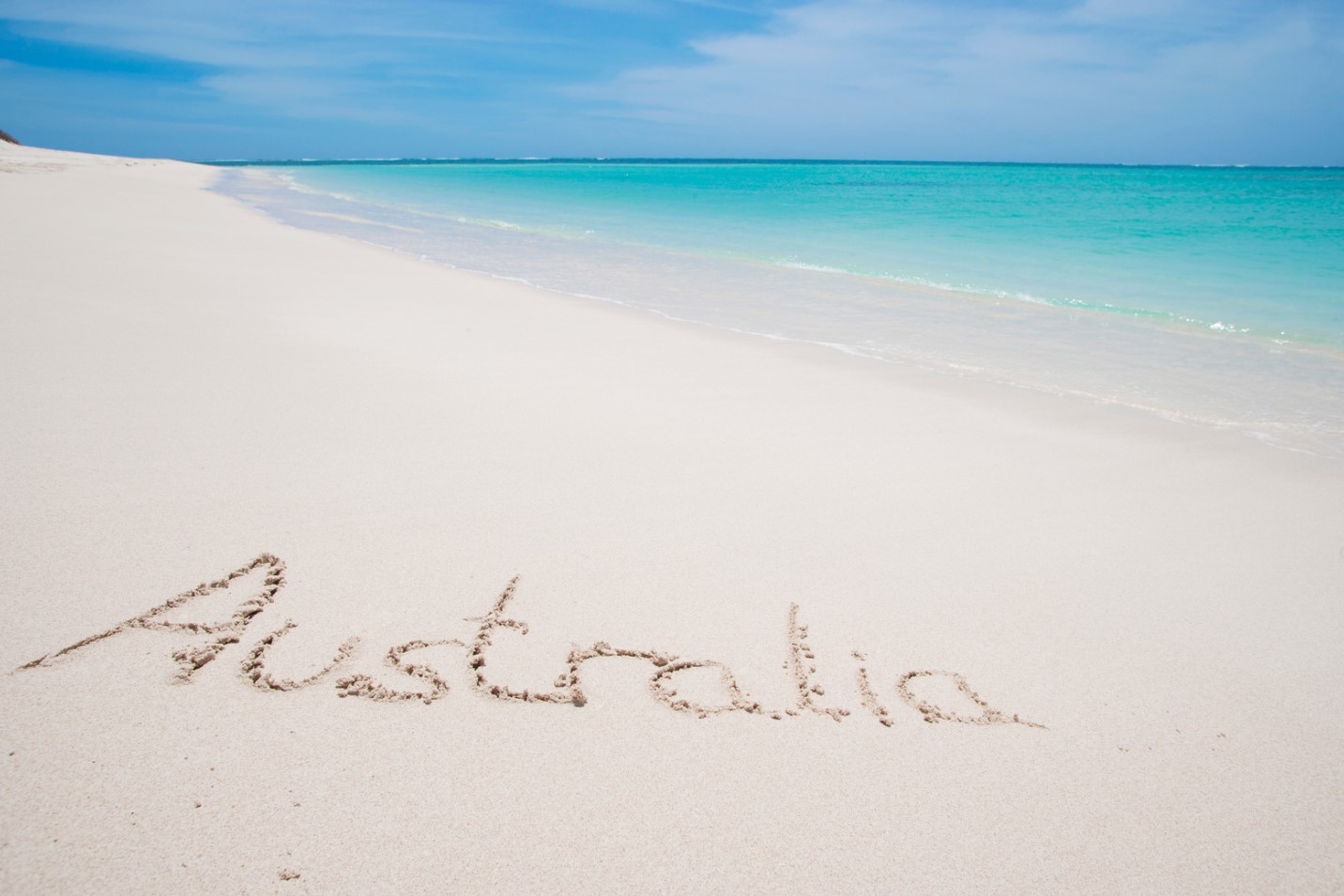
The Best Of Australian Beaches: From Bondi To The Whitsundays
Australia is renowned for its stunning beaches, attracting millions of visitors every year. From Bondi to the Whitsundays, the country offers an abundance of coastal destinations with golden sands, turquoise waters, and unforgettable scenery. Each of these beaches has its unique charm, providing visitors with endless opportunities for relaxation and adventure.
The iconic Bondi Beach is undoubtedly one of the most popular destinations in Australia. Located in Sydney, this stretch of sand attracts surfers and swimmers who want to enjoy the sun, sand, and surf. The beach is defined by its crescent-shaped shoreline and turquoise water, making it a breathtaking backdrop for beachgoers. Travellers can also explore nearby attractions such as the Bondi Baths, the Bondi Pavilion, and the Bondi Markets, providing a range of experiences to suit everyone.
The Whitsunday Islands in Queensland are a group of 74 islands, surrounded by clear waters and coral reefs. The islands offer visitors the chance to explore the Great Barrier Reef, including snorkelling and diving experiences, as well as sailing and island-hopping. Travellers can also discover the beaches of Airlie Beach or relax on the beautiful sands of the Whitehaven Beach, listed as one of the world’s best beaches. Visitors can take a scenic flight over Heart Reef, a naturally formed heart-shaped coral, to see the beautiful coral formations from above.
- The Gold Coast is another popular destination with over 57 kilometres of coastline, home to beautiful beaches including Surfers Paradise, Burleigh Heads, and Main Beach. Those who want to explore further can discover the scenic hinterlands or visit popular attractions such as Sea World and Warner Bros. Movie World, providing endless entertainment options for families and travellers.
- In Western Australia, visitors can explore the beautiful shores of Cable Beach in Broome, featuring soft white sands and stunning sunsets. The beach is also famous for its camel rides, providing a unique perspective of the coastline. Visitors can discover nearby attractions such as the Horizontal Falls, the Pinnacles Desert, and the Bungle Bungle Range.
Australia has a cornucopia of beautiful beaches, with each providing unique experiences for travellers. From the east coast to the west coast, and from the north to the south, the country’s beaches are something special. With endless coastal destinations to discover, travellers can enjoy the quintessential Aussie beach experience and create unforgettable memories.
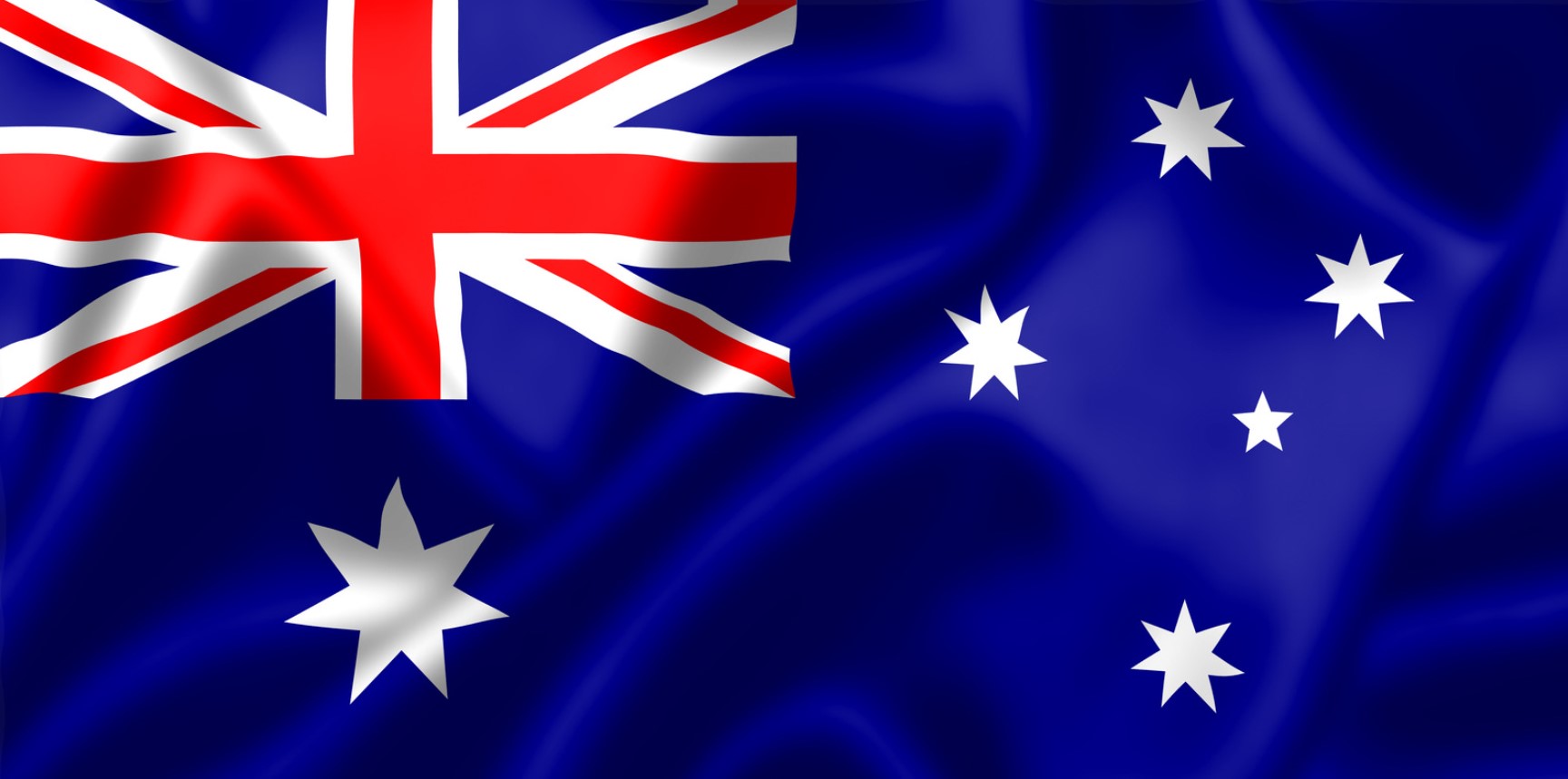
Australian Cuisine: From Vegemite To Tim Tams
Australia is a country that is famous for many things, its wildlife, natural wonders, and scenic beauty. However, one thing that everyone can agree on is the delightful cuisine that it offers. Australian cuisine is a fusion of many different cultural influences, including Indigenous, British, and Greek. This has resulted in a diverse and exciting culinary landscape that is sure to satisfy all taste buds.
The most famous Australian food item is undoubtedly Vegemite, a spread made from leftover brewer’s yeast. Although popular in the country, it may not be to everyone’s taste, as it has a unique and strong flavor. Another item that is equally popular is Lamington, a sponge cake coated in chocolate and desiccated coconut. The Tim Tam, a sandwich biscuit with a cream filling and coated in chocolate, is another popular treat. The Australian pavlova, a meringue-based dessert, is a must-try for anyone with a sweet tooth.
Australians are also known for their love of seafood, and dishes like fish and chips, oysters, and prawns are popular in coastal areas. Australian barbeques are a national institution, and you’ll find people grilling everything from steak and sausages to vegetables and seafood. The country also has a thriving coffee culture, and Australians take their coffee seriously. You’ll find many cafes serving quality coffee, and the flat white, a popular coffee drink, was invented in Australia.
- Vegemite: A spread made from leftover brewer’s yeast
- Lamington: A sponge cake coated in chocolate and desiccated coconut
- Tim Tam: A sandwich biscuit with a cream filling and coated in chocolate
| DISH | DESCRIPTION |
|---|---|
| Pavlova | A meringue-based dessert |
| Fish and chips | A popular seafood dish |
| Flat white | A popular coffee drink |
The Indigenous community also has a rich culinary heritage that is worth exploring. Bush tucker, a term used for native Australian food, includes ingredients like kangaroo, emu, and crocodile meat. The Lemon Myrtle, a native plant with a lemony flavor, is commonly used in Indigenous bush tucker recipes. Australians also love their barbequed snags, or sausages, and burgers with beetroot are a must-try. You can also try the Chiko Roll, a deep-fried snack that’s unique to Australia.
Overall, Australian cuisine is a delightful mix of flavors and influences that is sure to please any food lover. Whether it’s trying Vegemite for the first time or indulging in a sweet Lamington, there’s something for everyone to enjoy. So next time you’re in Australia, be sure to explore the local cuisine and take your taste buds on a delicious journey.